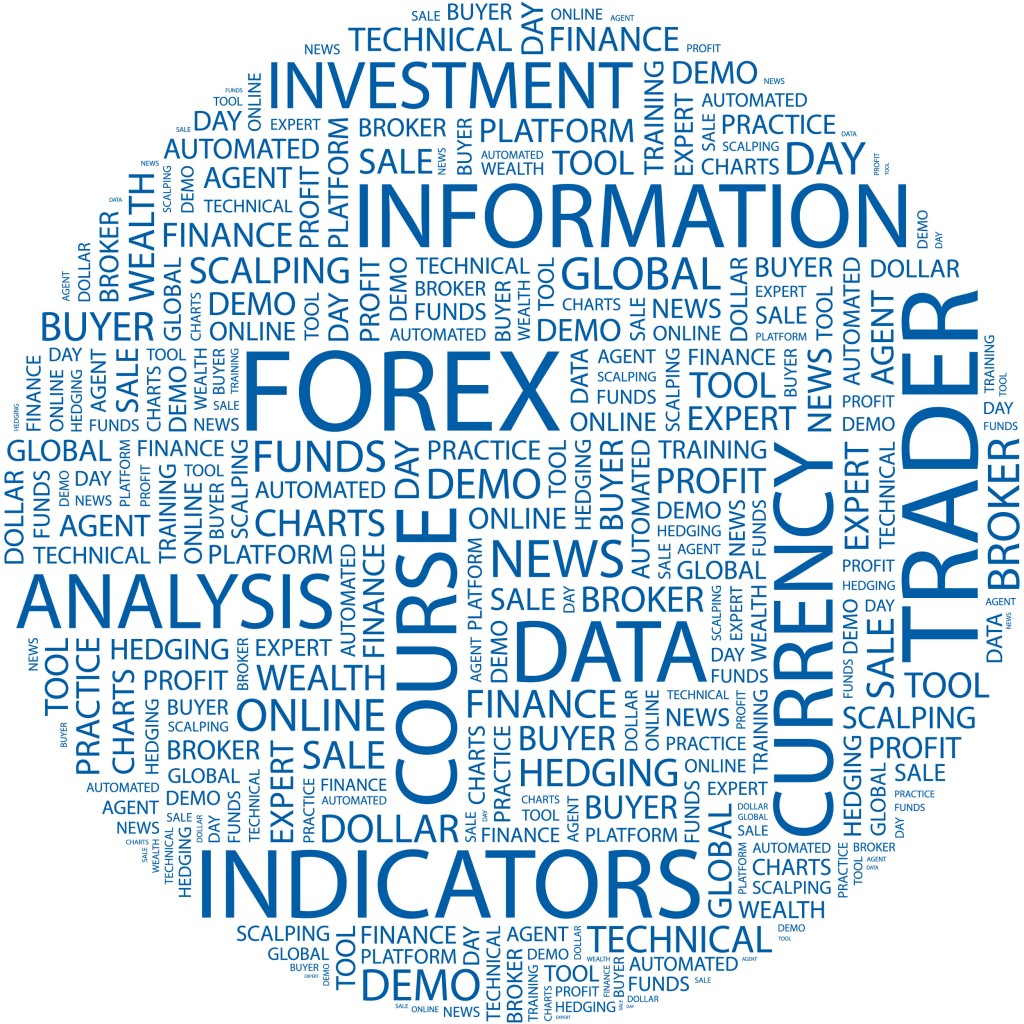Every forex trader should know how to use a margin calculator. There really is nothing complicated about it as it only requires you to input data that you already know. You should be more concerned about how you will use the information that you get from your margin calculator. Your margin and your leverage on your forex trading account are two of the most important factors that you have to take note of. This pair has a lot to do with the risks that you face with your trading account.
Your margin calculator will tell you exactly how much you need to put into your trading account to allow you to purchase a currency pair. What your margin calculator will not tell you is the actual value of your trade. With your leverage ratio, you can determine your potential gains or losses when you close your position at any given time. You might find it to be an exciting prospect to be able to trade with an amount of money that is a hundred times more than the actual money that you put in as your initial deposit in your forex trading account. But, you might not be as excited about it when you think about the possibility of wiping out your entire forex trading account with a loss that is a hundred fold of what you invested.
Using a margin calculator requires the following information about your trade:
- Trade Size. This is the lot size of the currency that you wish to purchase. In a standard lot, you would be purchasing 100,000 units of currency. Smaller trading accounts let you purchase smaller lots in mini trade sizes of ten thousand units per lot. The number of lots that you can purchase depends on the parameters of your trading account and the balance left in your account after all other margins in open trades are taken into consideration.
- Currency Pair. This is what you are purchasing. There is a long list of currency pairs that you can trade, although most forex traders choose to trade the most popular currency pairs, namely: EUR/USD, EUR/JPY, GBP/USD, USD/CHF, USD/JPY, EUR/GBP, USD/CHF, and USD/CAD.
- Account Currency. You can choose to have your trading in a specific currency, but the most common account currency used is the US dollar. The account currency used may or may not be included in the currency pairs being traded. There are forex calculators that convert the values of the currencies in the traded pairs into the account currency.
- Leverage. This is entered as a ratio. A leverage of 100:1 means that you can purchase a hundred units of currency for the price of one unit of the same currency. This leverage ratio requires a 1% margin in your forex trading account. Forex brokers offer a range of leverage ratios for forex traders of different risk appetites.
- Current Price. This is often quoted based on live forex price data. The current price is used to determine the value of the margin requirement. A standard lot of EUR/USD currency pair currently priced at 1.4321 would translate to a margin requirement of USD1,432 on a 100:1 leverage ratio.




Comments are closed.